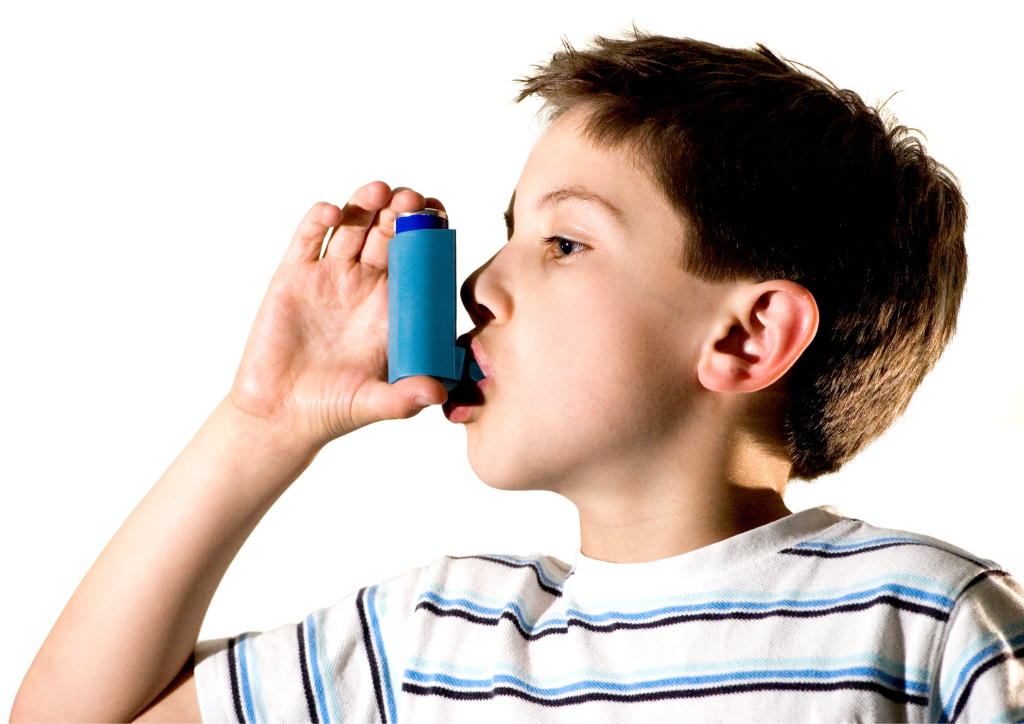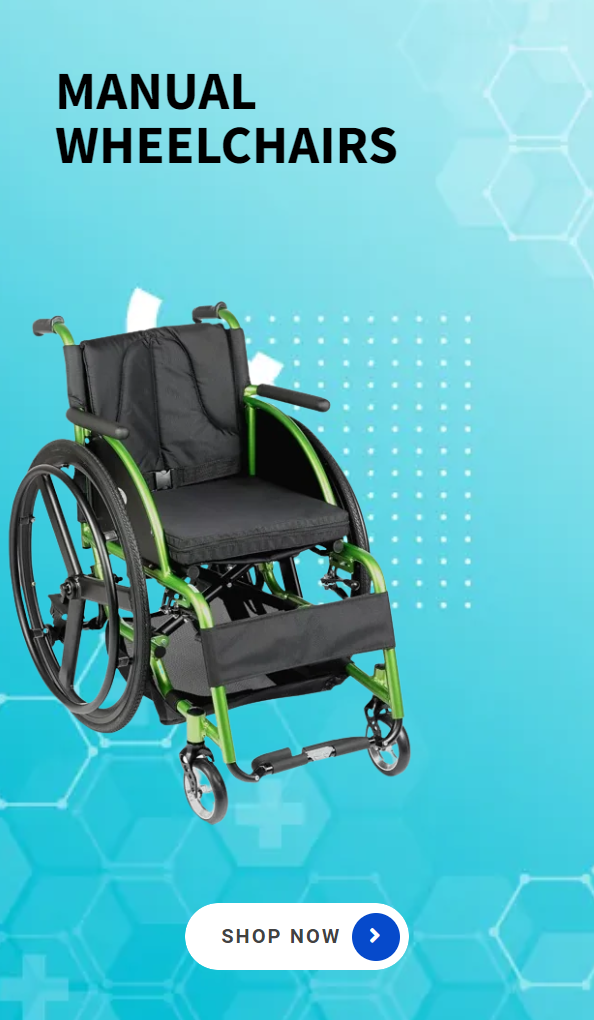[ez-toc]
If you or a loved one have ever suffered from a respiratory illness, you may have come across nebulisers. But what exactly are they, and what are they used for? This article provides an overview of nebulisers, their uses, and how they work.
What is a Nebuliser?
A nebuliser is a medical device that is used to deliver medication in the form of a mist directly to the lungs. It is often used to treat respiratory conditions such as asthma, chronic obstructive pulmonary disease (COPD), and cystic fibrosis. Nebulisers can be used by both adults and children.
How Does a Nebuliser Work?
A nebuliser works by turning liquid medicine into a mist that can be inhaled directly into the lungs. The nebuliser consists of three main parts: a compressor, a nebuliser cup, and a mouthpiece or mask.
First, the liquid medicine is placed into the nebuliser cup. The compressor then converts the liquid medicine into a fine mist, which is delivered through the mouthpiece or mask. The patient inhales the mist, which goes directly to the lungs, providing immediate relief to respiratory symptoms.
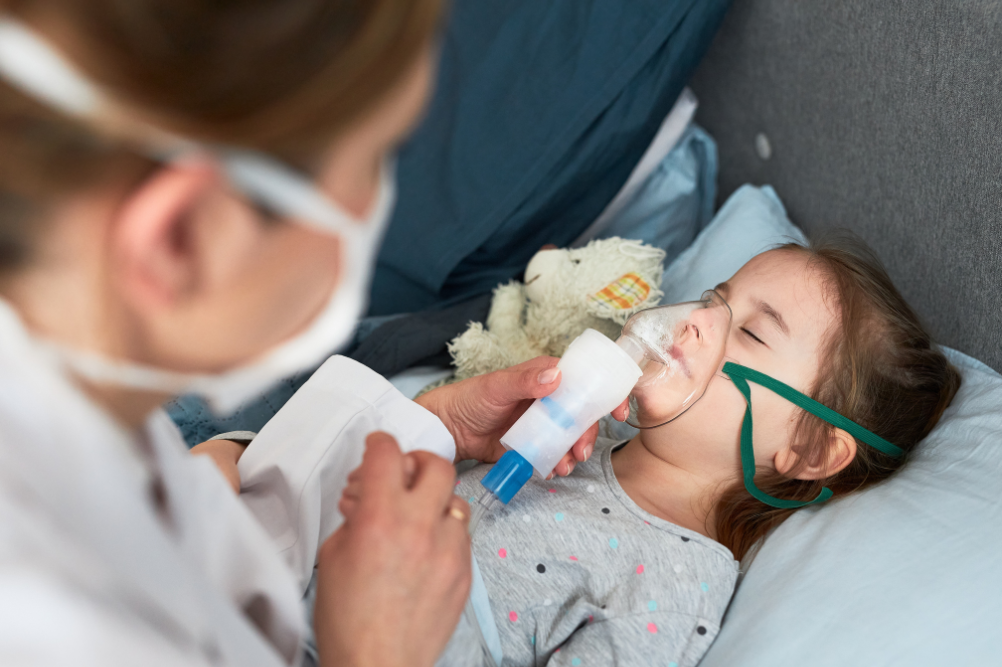
What Types of Nebulisers Are There?
They come in various types, such as jet nebulizers, ultrasonic nebulizers, and mesh nebulizers. Jet nebulizers are the most commonly used type of nebulizer and work by using compressed air to create a fine mist of the medication. Ultrasonic nebulizers use high-frequency vibrations to produce the mist, while mesh nebulizers use a vibrating mesh to break up the medication into a mist.
Basic Steps for Using a Nebuliser
- Gather all the necessary equipment: You will need a nebulizer machine, medication, a mouthpiece or mask, and tubing to connect the nebulizer to the machine.
- Wash your hands: Before handling any of the equipment, it is important to wash your hands thoroughly to prevent the spread of germs.
- Prepare the medication: Follow the instructions provided by your healthcare provider for preparing the medication. This may involve diluting the medication with saline solution or adding other medications.
- Assemble the nebulizer: Connect the tubing to the nebulizer and attach the mouthpiece or mask.
- Turn on the machine: Plug in the nebulizer and turn it on.
- Breathe in the mist: Hold the mouthpiece or mask to your mouth and breathe in slowly and deeply. If using a mask, make sure it covers both your mouth and nose.
- Finish the treatment: Continue breathing in the mist until all the medication is used up, which usually takes 10-15 minutes.
- Clean the equipment: After use, disassemble the nebulizer and clean it according to the manufacturer’s instructions. This usually involves washing the parts with soap and water and sterilizing them with a disinfectant solution.
It is important to follow the instructions provided by your healthcare provider for using a nebulizer. This may involve using the nebulizer at specific times of the day or adjusting the dosage of medication. It is also important to regularly clean and maintain the nebulizer to prevent the growth of bacteria and ensure its proper functioning.
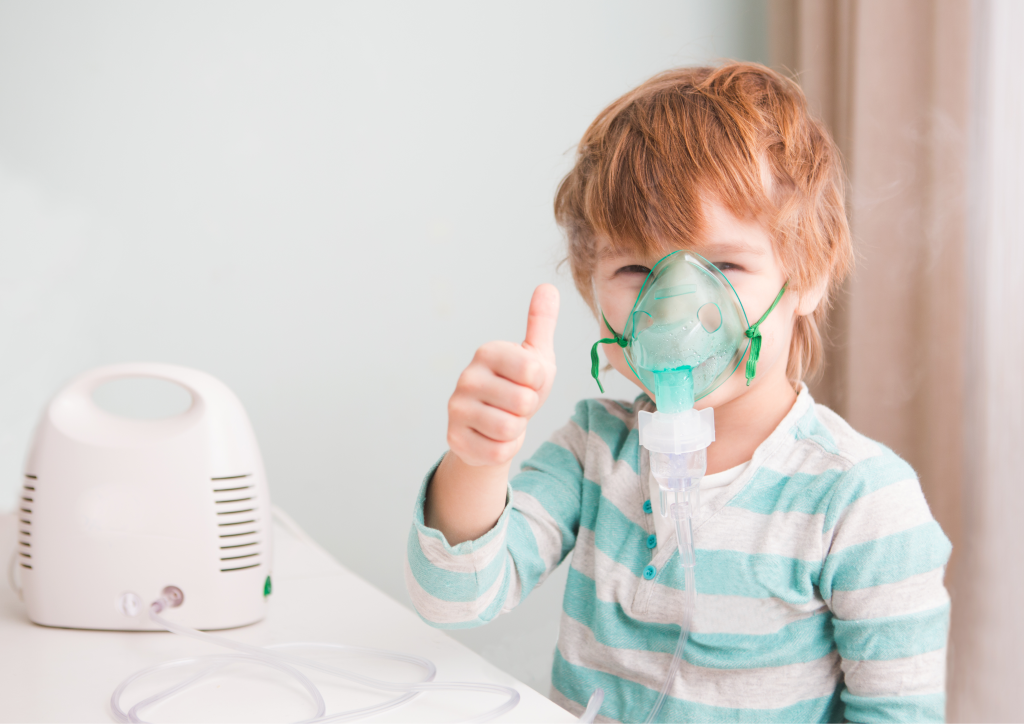
What are the Precautions and Considerations When Using a Nebuliser?
While nebulisers are generally safe and effective, there are some precautions and considerations to keep in mind when using them. For example:
- Nebulisers should always be used under the guidance of a healthcare professional.
- It is important to clean and disinfect the nebuliser regularly to prevent the spread of infection.
- Some medications may not be suitable for use in a nebuliser, so it is important to discuss medication options with a healthcare professional.
- Nebulisers should never be shared between patients to prevent the spread of infection.
Are Nebulizers and Inhalers the Same?
Both nebulizers and inhalers are devices used to deliver medication to the lungs for the treatment of respiratory conditions. However, there are some differences between the two devices.
A nebulizer is a device that turns liquid medication into a fine mist that can be inhaled through a mouthpiece or mask. Nebulizers are often used for people who have difficulty using inhalers, such as young children, older adults, and people with severe respiratory conditions.
An inhaler, on the other hand, is a small handheld device that delivers a specific amount of medication in the form of a spray or powder. Inhalers are often used for people with mild to moderate respiratory conditions, such as asthma, who can inhale the medication effectively.
One key difference between nebulizers and inhalers is the method of delivery. Nebulizers deliver medication continuously over a period of 10-15 minutes, while inhalers deliver the medication quickly in a single puff. This means that nebulizers can be more effective for people with severe respiratory conditions, while inhalers may be more convenient for people with mild to moderate respiratory conditions.
Another difference between nebulizers and inhalers is the amount of medication used. Nebulizers typically use a larger volume of medication, which can be helpful for people with severe respiratory conditions. Inhalers, on the other hand, use a smaller volume of medication, which can be more convenient for people who need to use the device frequently throughout the day.
Finally, there is a difference in the size and portability of the two devices. Nebulizers are typically larger and less portable than inhalers, which can make them less convenient for use outside of the home. Inhalers, on the other hand, are small and portable, making them easy to carry with you wherever you go.
Nebulizers and inhalers are both useful tools for treating respiratory conditions, but they differ in their method of delivery, amount of medication used, and portability. The choice between a nebulizer and an inhaler depends on individual needs and preferences, as well as the severity of the respiratory condition being treated. It is important to work closely with your healthcare provider to determine which device is best for you.
Benefits of Using a Nebulizer Over an Inhaler
- Effective for severe respiratory conditions: Nebulizers are often recommended for people with severe respiratory conditions, such as COPD or cystic fibrosis, who may not be able to inhale medication effectively with an inhaler. Nebulizers deliver medication continuously over a period of 10-15 minutes, which can be more effective for people with severe respiratory conditions.
- No need for coordination: Inhalers require coordination between inhaling and pressing the canister, which can be difficult for some people, especially young children and older adults. With a nebulizer, the medication is delivered continuously, so there is no need for coordination between inhaling and pressing a canister.
- Can deliver larger doses: Nebulizers can deliver larger doses of medication than inhalers, which can be helpful for people with severe respiratory conditions. This is because nebulizers use a larger volume of medication, which can be more effective for treating severe symptoms.
- Can be used with multiple medications: Nebulizers can be used with multiple medications at once, which can be helpful for people with complex respiratory conditions. Inhalers typically only deliver one medication at a time, so people with complex conditions may need to use multiple inhalers.
- More comfortable for some people: Some people find using a nebulizer more comfortable than using an inhaler. This may be because the mist created by a nebulizer is easier to inhale and does not require the same level of coordination as an inhaler.
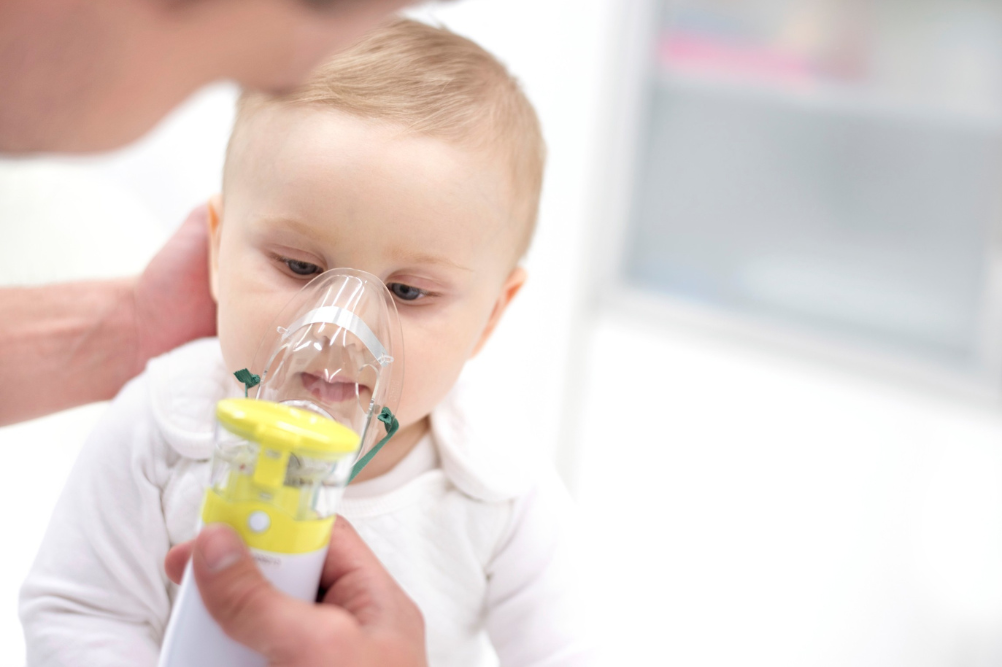
Conclusion
While both nebulizers and inhalers can be effective for treating respiratory conditions, nebulizers have some benefits over inhalers in certain situations. Nebulizers can be more effective for people with severe respiratory conditions, do not require coordination between inhaling and pressing a canister, can deliver larger doses of medication, can be used with multiple medications, and may be more comfortable for some people to use. However, it is important to work closely with your healthcare provider to determine which device is best for you based on your individual needs and preferences.
Sources:
- American Lung Association. Nebulizers. https://www.lung.org/lung-health-diseases/lung-procedures-and-tests/nebulizer
- Mayo Clinic. Nebulizers: What They Are and How to Use Them. https://www.mayoclinic.org/home-remedies/nebulizers/art-20046392
-
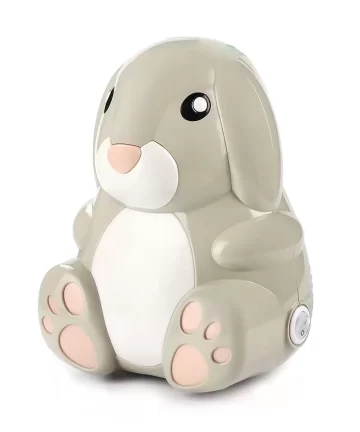 Bunny Rabbit Nebuliser for Kids – Compact size$139.00 incl. gst
Bunny Rabbit Nebuliser for Kids – Compact size$139.00 incl. gst




